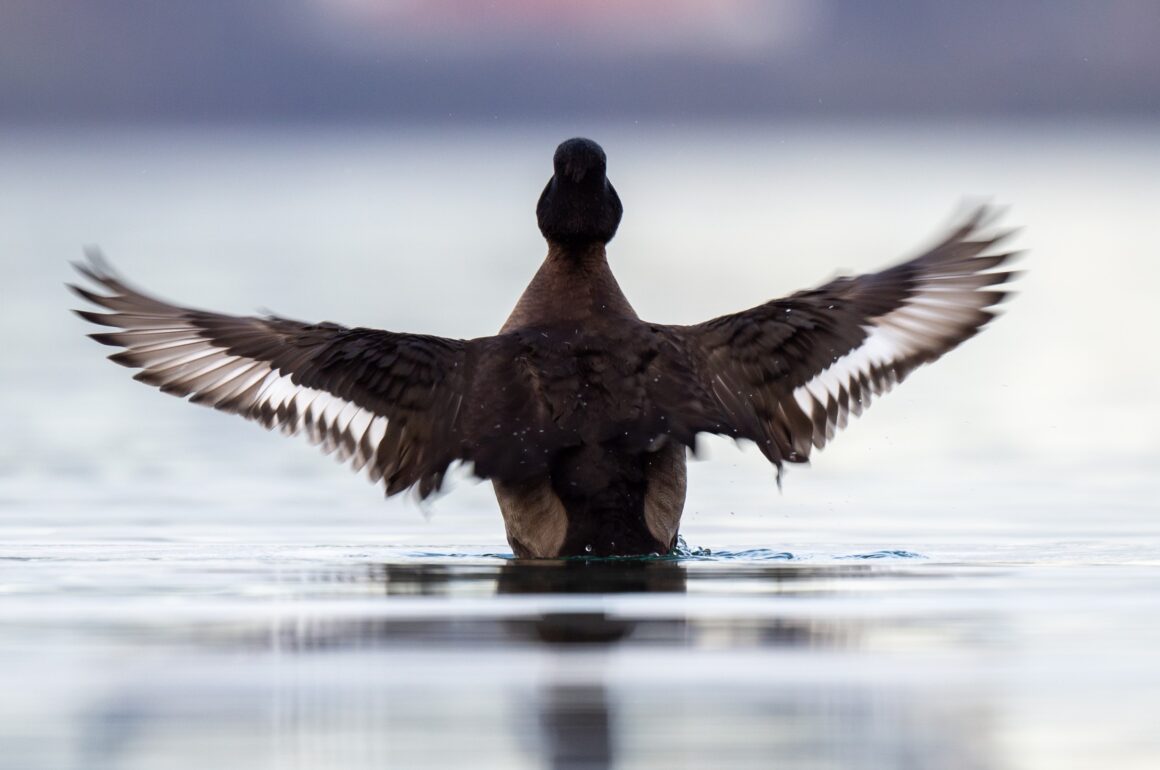
While I have visited a few birding sites around the Netherlands during the course of my Bachelor studies, I did not go birding a lot around the city where I lived, Maastricht. This makes sense as the area is not that interesting for birding, but I also was not aware of some of the opportunities for a while, or always had to many other things going on.
This winter, I was back in Maastricht to work at the university as a tutor. On the bird recording site Waarneming, I saw that a Great Northern Diver (Common Loon) was found on a lake just south of the city. I wanted to check out the site since the bird would be a lifer, but work always got in the way. I feared the diver would eventually disappear but when I finally found some time two weeks later, it had still been reported the day before.
I got to the northern shores of the lake but scanning with a scope remained fruitless. After continuing to cycle to the southern edge, I finally picked out the Great Northern Diver after a long search. Checking afterwards, I realized it was 800 meters away in foggy weather, probably one of the more challenging birds I’ve located so far (although of course this would have been way more impressive had the bird been self-found). I did not have good views at all, although after a long time observing I had managed to pick up all the ID features, and enjoyed watching its different hunting behaviour compared to the plentiful Great Cormorants.
I was very happy about this lifer as I had been hoping to see this species in autumn during my stay on Heligoland. I nonetheless proceeded to check the waterbirds in the nearer vicinity, realising that getting close-up sightings also has its advantages. A suprising find that made this visit even more worth it was a Greater Scaup, which I had only seen once before in the UK.
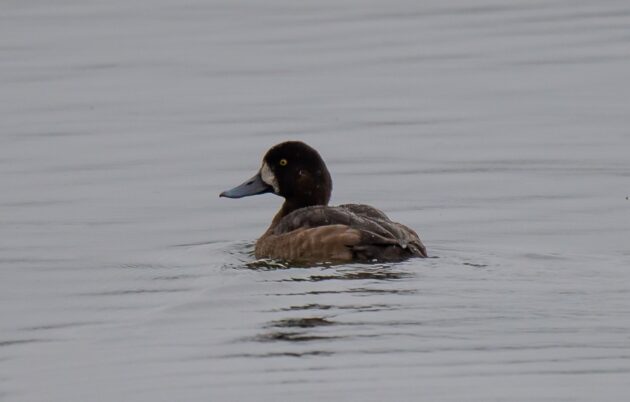
The female was rather shy, but I was happy to compare it to the many Tufted Ducks that were around as well. In addition, other typical species around included Eurasian Coot, Common Merganser, Mallard, and Great Crested Grebe and Little Grebe. A Water Rail was hidden, calling from the reeds. Terrestrial species did not show themselves in the drizzle, but a group of Eurasian Siskins provided a nice distraction.
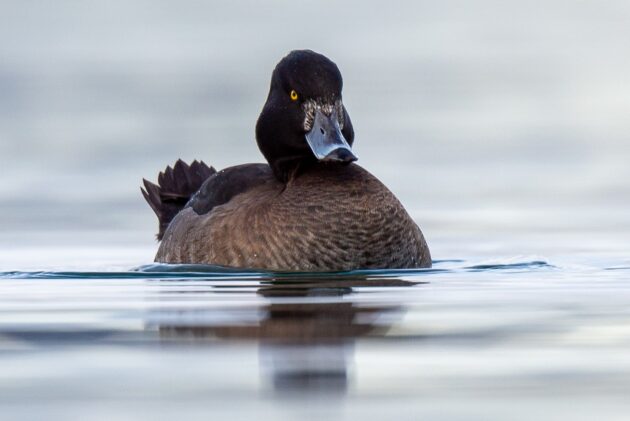
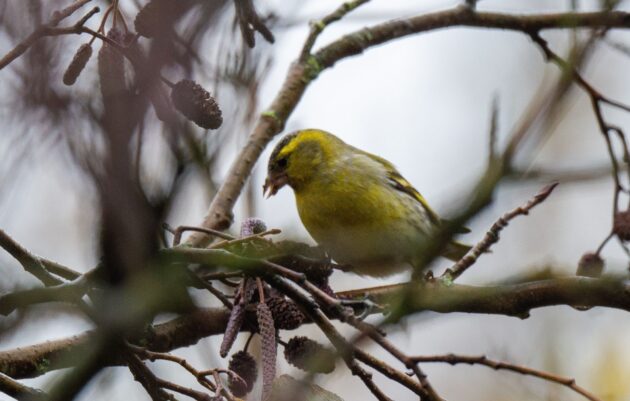
Despite the horrible dark, drizzly weather, this short outing was thus remarkably rewarding – and I realized that I shouldv’e been out birding more frequently over the last three years. Something special can always turn up!



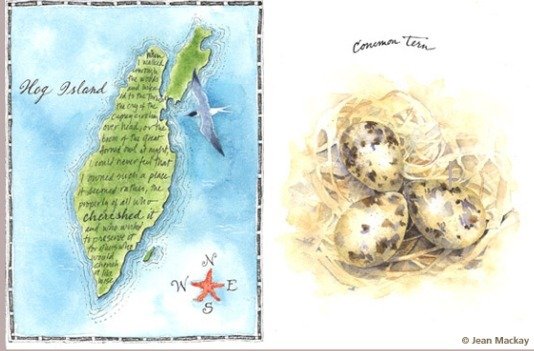

 New writers welcome – please contact us for details.
New writers welcome – please contact us for details.

















The large quarry (Sint-Pietersberg) south of the city used to have and likely still has a pair of Eagle Owls. There are several viewing points into the quarry, and many years ago the northern one afforded rather reliable views.
Hi Jochen,
Yes indeed, I forgot to mention the Eagle-Owls! They do still breed there every year, and I’ve went to see them a few times (usually around March).